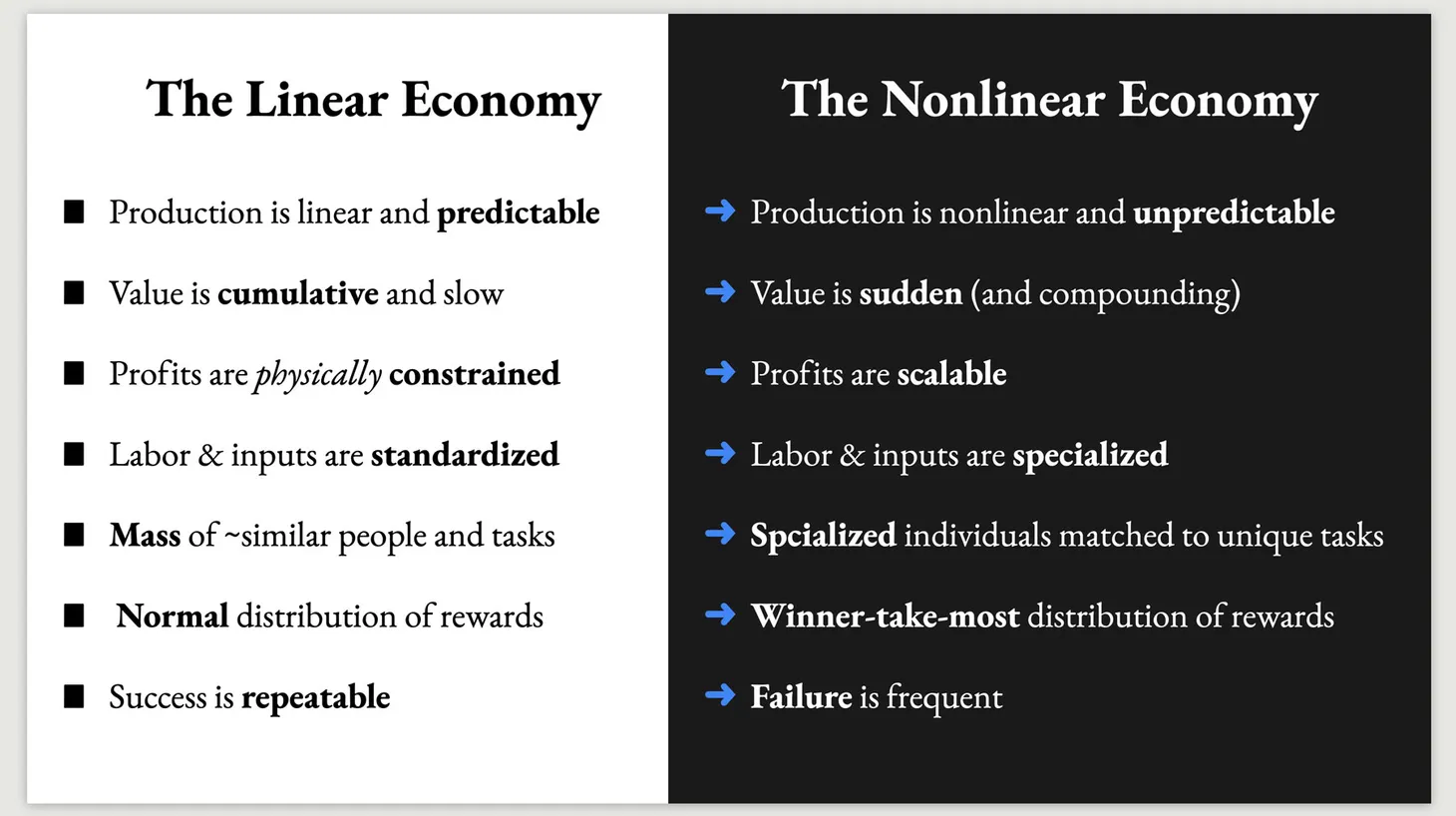What do you need to know about AI?

I want to share with you more details about my upcoming course, and I hope you don't mind! It covers essential concepts and skills that everyone—especially professionals like you—should become familiar with in today’s digital age.
Yes, the Practical AI Course is my "business," but I’m offering it because I wholeheartedly believe it provides skills and concepts that every professional should master right now.
This course isn't just about learning; it's about empowering you with actionable tools and strategies that you can apply directly in your professional life. It will introduce you to the most powerful and popular tools in AI, teaching you the best ways to put them to work. Through live sessions, on-demand tutorials, and hands-on mini-projects, Practical AI is crafted to refine your writing, data analysis, marketing, negotiation, communication skills, and even your critical thinking.
Beyond specific skills, you’ll become well-versed in the main theories and concepts surrounding this space, enabling you to speak confidently about AI, critically evaluate new solutions and ideas, and continue your learning journey long after the course concludes.
Whether you’re aiming to sharpen your existing skill set or strategically integrate AI into your business operations, this course is designed to deliver substantial, focused knowledge—without the hype. It's not just a course; it's your chance to upgrade your skills and position yourself at the forefront of your industry—or to ignite a new path entirely.
So, what can AI do for you? Join me next week to find out.
Need a bit more information? See the detailed outline below, and check out the course website for the full schedule.
Practical AI Course Outline
Below is an outline of the key skills we’ll cover in the course. Learning will be based on live sessions, on-demand step-by-step tutorials, and several hands-on mini-projects. We’ll use and learn about the most powerful and popular AI tools, including ChatGPT, Claude, Bard, Complexity.ai, Midjourney, Dall-e, OpenAI API, Zapier, Scite, Elicit, Ana TextQL, Notable, Wolfram Alpha, RunwayML, HeyGen, Flair.ai, Browse.ai, and more.
- Introduction: The Current State of AI
- What is happening?
- Why is it happening now?
- How did we get to this point?
- What are the main technologies, concepts, and terms you should know?
- What are the main legal, social, and economic risks to keep in mind?
- Working with Text
- Drafting and editing documents
- Conducting market & academic research
- Working with legal contracts
- Summarizing, refining, and critiquing
- Generating customized content at scale (for marketing, reporting, and other uses)
- Working with multiple tools to achieve optimal results in the minimum amount of time
- Working with Numbers and Data
- Analyzing financial reports and documents
- Analyzing marketing analytics data
- Working with your own files and external data sources
- Visualizing data
- Enhancing Excel documents and Google Sheets
- Embedding data in other documents and websites
- Running complex calculations
- Working with Code & Automation
- Building a simple web app
- Building larger projects with intelligent agents
- Automating your own emails, social media posts, and reporting
- Integrating “intelligence” into your current workflow
- Keeping track of competitors and relevant data sources
- Working with Images
- Generating images and video
- Combining, enhancing, and manipulating images
- Automating image generation for marketing and reporting
- Other tools and tricks
- Generating voice, animation, product photos, and more
- Putting AI to Work For You
- Figuring out the best uses for each “building block” and how to combine them to achieve your goals
- Understanding the limitations and risks
- Estimating AI’s impact on different industries, businesses, and professions over the next decade
- Getting familiar with new tools and information sources for ongoing learning
- Defining action items for the “day after the course”
Ready to sign up? Click here.
Need more information? Reply to this email.
Thank you for reading.
Best,


Dror Poleg Newsletter
Join the newsletter to receive the latest updates in your inbox.




